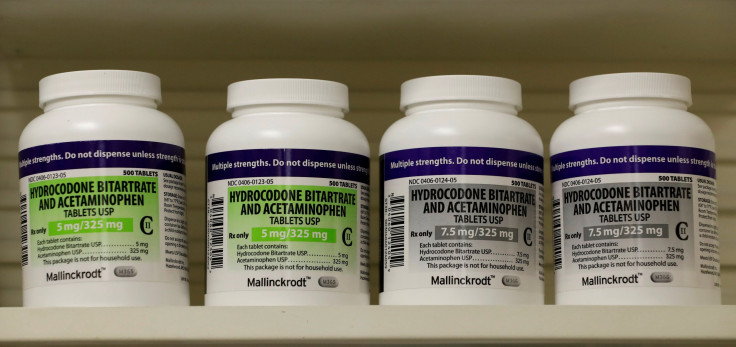How Do Doctors Prescribe Unnecessary Painkillers? NYC Physician Arrested For Writing Opioid Painkillers

Instead of using his position as a doctor to heal the opioid addiction in the city, an 81-year-old Manhattan doctor was arrested Monday for illegally dispensing thousands of opioid prescriptions. Authorities said the doctor, Martin Tesher's prescriptions generated about 2.2 million oxycodone pills — $20 million worth of opioids, a report said.
Tesher, who called himself an "old-fashioned, family physician," was charged in a Brooklyn federal court for writing more than 14,000 prescriptions for oxycodone from 2012 to 2017 from his family medical practice. The Drug Enforcement Administration (DEA) said Tesher was a drug dealer in disguise, according to a report.
Tesher, who faces up to 20 years on the charge of distributing a controlled substance, was released Monday on a $250,000 bond.
Doctor arrested for 'writing unneeded drug prescriptions': A New York physician was busted… https://t.co/m4oIJCwG5b
Read: Massachusetts Doctor Accused Of Prescribing High Doses Of Opioid Painkillers
In January, during the Martin Luther King Jr. holiday weekend, four people reportedly died from unintentional overdoses while three others used drugs in apparent suicides in New York City (NYC), authorities said. The deaths were due to the use of different drugs including heroin and opioids, along with alcohol.
One of the factors behind the rising opioid deaths is prescription drugs. According to a New York City (NYC) government report "Healing NYC," Mayor Bill de Blasio said: "Prescription drugs continue to play a role in the opioid epidemic...This is a national issue that was exacerbated throughout the 2000s by the overprescribing of prescription drugs, heavily marketed by pharmaceutical companies as non-addictive treatment for chronic pain."
He also said almost 90 percent of fatal opioid overdoses in 2016 involved heroin or fentanyl while 18 percent involved prescription opioid painkillers.
Despite the spike in the country's opioid overdose deaths, many doctors still prescribe opioids for their patients. The U.S. Centers for Disease Control (CDC) estimated that in 2012 doctors wrote 82.5 opioid prescriptions for every 100 people.
To stop the overuse of prescription painkillers, the CDC issued new guidelines in 2014 for doctors, including a recommendation they curtail on prescribing them.
However, according to a report prepared last year by doctors at the Dartmouth Hitchcock Medical Center in New Hampshire, doctors were shown not sticking to the recommendation issued by the CDC in 2014.
The researchers of the paper had collected post-operative data from 642 outpatient surgeries for partial breast removal, gallbladder removal and hernia repair. The findings showed in 581 of those surgeries, doctors had prescribed some kind of opioid painkillers.
The sale of opioids in clinics and various pharmacies across the nation also point to the growing money involved in it. For instance, Florida in the 1990s saw OxyContin — an opioid pain medication — come into the market and grab the opportunity with hundreds of pain clinics popping up around the state in just a few years. Those clinics gave away opioid pills to just about anyone who asked, according to the Guardian.
At one point, more than 90% of all the prescription opioids dispensed by doctors in the U.S. were sold in Florida.
© Copyright IBTimes 2024. All rights reserved.












